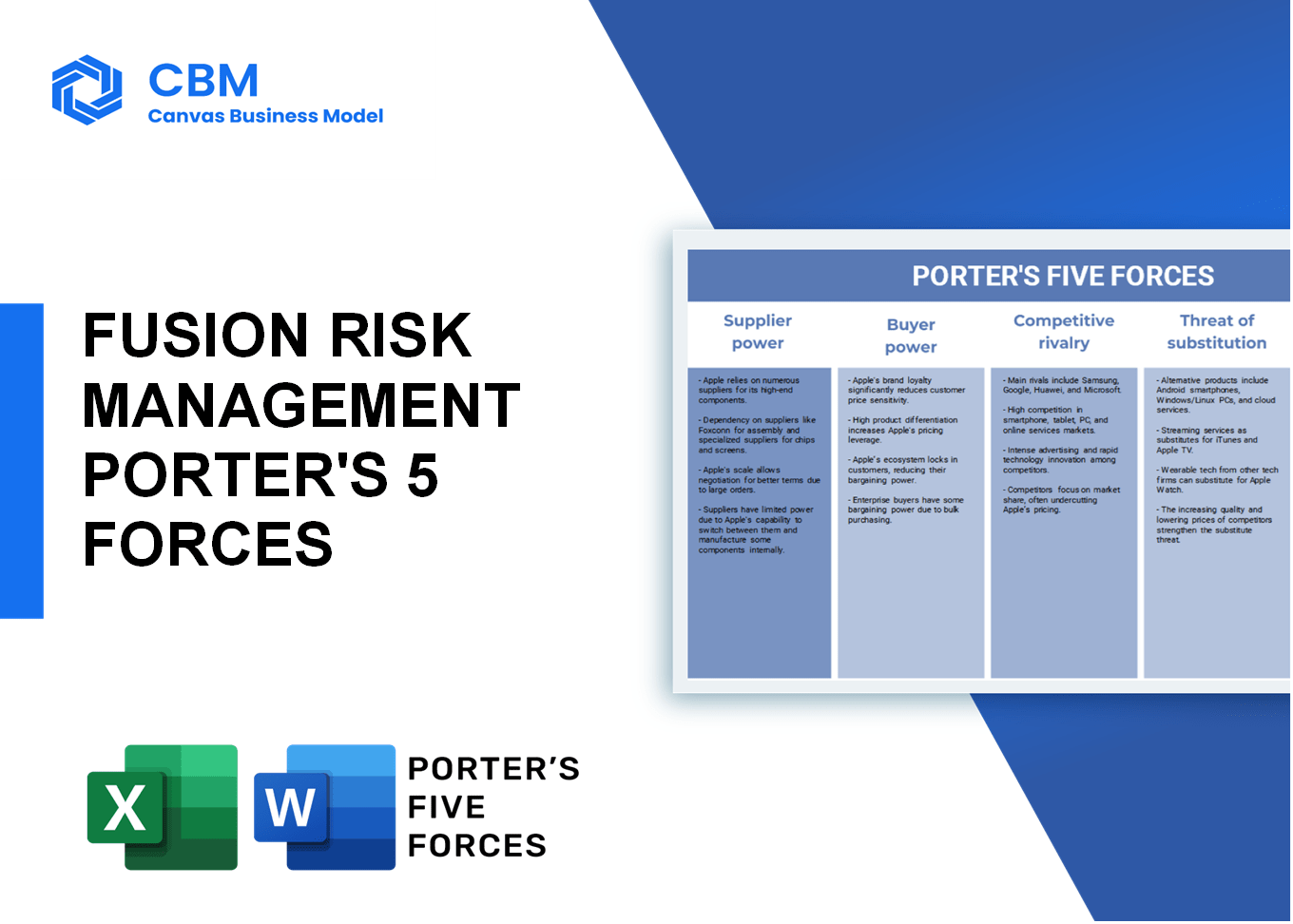Specialized Risk Competitions in Sports
In recent years, the landscape of sports has evolved dramatically, with specialized risk competitions gaining prominence among athletes and enthusiasts alike. These competitions often blend the elements of traditional sports with unique challenges that test not just physical prowess but also mental fortitude and strategic thinking. According to a recent study, 70% of athletes believe that specialized competitions enhance their skills and provide a platform for showcasing their abilities beyond conventional formats. In this article, we will explore the dynamics of specialized risk competitions, the audience they attract, and their implications on the sporting world.

Understanding Specialized Risk Competitions
Specialized risk competitions are designed to push the limits of participants in non-traditional formats. These events often include elements of competition that might be considered unconventional or risky, which can discourage some athletes while attracting thrill-seekers and risk-takers. For instance, events like parkour competitions and extreme sports challenges often fall under this category.
The Appeal of Risk
The appeal of risk in competitions stems from the excitement it provides to both participants and spectators. Risk inherently invites an element of uncertainty, which can enhance the thrill of competition. Athletes often find motivation in overcoming challenges that test not only their physical capability but also their mental resilience. Moreover, as the audience seeks more exhilarating experiences, sporting events that incorporate risk tend to captivate attention and generate substantial buzz.
Different Types of Specialized Risk Competitions
- Extreme Sports: Events such as BMX biking, skateboarding, and snowboarding competitions showcase athletes who engage in high-adrenaline activities that involve significant risk.
- Obstacle Course Races: These races challenge competitors with a variety of physical tasks that require strength, agility, and endurance, often set in hazardous terrains.
- Survival Challenges: Athletes compete in immersive environments, testing their outdoor skills, strategic thinking, and survival instincts.
The Role of Sponsorship and Media
Sponsorship has become crucial in the realm of specialized risk competitions. Brands looking to align themselves with an adventurous and bold image often invest in these competitions to reach a niche audience. Furthermore, media coverage on platforms like this website highlights the electrifying aspects of these events, attracting more participants and audiences alike.
Target Audience and Participation
The target audience for specialized risk competitions typically consists of younger demographics, particularly Millennials and Generation Z. These age groups often seek unique experiences that offer a departure from traditional sporting events. Research indicates that around 80% of young adults are more likely to engage in or attend events that present an element of risk.
The Motivations Behind Participation
- Adrenaline Rush: Participants are often driven by the thrill and excitement that comes from pushing their limits.
- Community Building: Many athletes engage in these competitions to connect with like-minded individuals and build a sense of camaraderie.
- Skill Development: Athletes participate not only for competition but also for the opportunity to hone their skills in a challenging environment.
The Implications of Specialized Risk Competitions
As with any sport, specialized risk competitions come with their set of challenges and concerns. Safety is a major issue that organizations need to address. Many competitions have established rigorous safety protocols, yet injuries can still occur, leading to discussions about risk management in sports.
Enhancing Safety Protocols
To mitigate risks, organizers must prioritize safety measures, such as:
- Pre-Event Training: Offering thorough training sessions can prepare athletes for the challenges they will face.
- Medical Support: Providing immediate medical assistance on-site can prevent minor injuries from becoming serious incidents.
- Regular Safety Audits: Ensuring that competition venues are regularly inspected and meet safety standards is essential.
Conclusion
In conclusion, specialized risk competitions are reshaping the world of sports by attracting a dynamic audience eager for novel experiences. The blend of excitement, challenge, and community engagement is paving the way for new ventures in athleticism. As the sporting world continues to evolve, the future of these competitions will largely depend on balancing excitement with safety. Athletes and spectators alike should embrace the thrill of risk, but with a keen awareness of the precautions in place.
To further explore the insights about specialized risk competitions, check out this article for related information and in-depth discussions.
